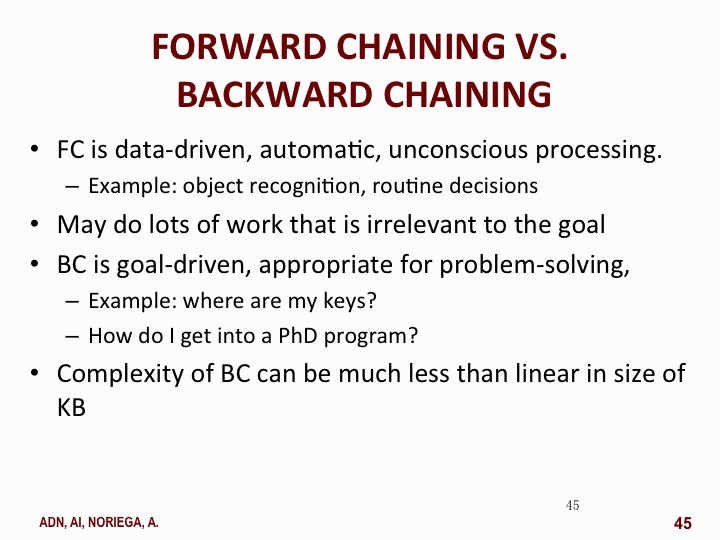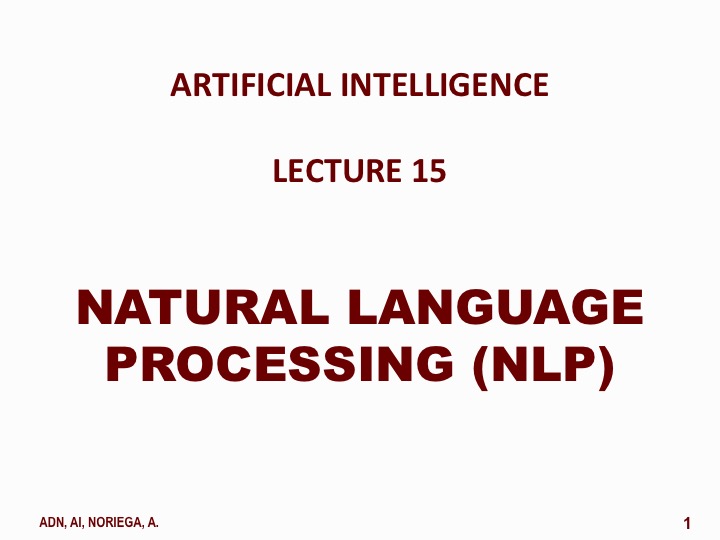PROPOSITIONAL LOGIC AND HORN CLAUSES
PROPOSITIONAL LOGIC
AND
HORN CLAUSE
AND
HORN CLAUSE
First-order logic—also known as
first-order predicate calculus and predicate logic—is a collection of formal
systems used in mathematics, philosophy, linguistics, and computer science.
In mathematical logic and logic
programming, a Horn clause is a logical formula of a particular rule-like form
which gives it useful properties for use in logic programming, formal
specification, and model theory. A Horn clause is composed of at least one
native negative clauses and at only one affirmative clause, all bound by
disjunctive operators. Horn clauses are named for the logician Alfred Horn, who
first pointed out their significance in 1951.
Likewise, Horn clauses play a fundamental
role in both constructive logic and computational logic. Indeed, they are
important in automated theorem proving by first-order resolution, because the
resolvent of two Horn clauses is itself a Horn clause, and the resolvent of a
goal clause and a definite clause is a goal clause. These properties of Horn
clauses can lead to greater efficiencies in proving a theorem (represented as
the negation of a goal clause).
Besides, naturally, propositional
Horn clauses are also of great interest in general computability and computational
complexity. The problem of finding truth value assignments to make a
conjunction of propositional Horn clauses true is a simple P‑complete problem,
solvable in linear time, and sometimes called HORNSAT. (Nevertheless, the unrestricted Boolean satisfiability
problem is an NP-complete problem.) Of great concern is the fact that satisfiability of first-order Horn
clauses is undecidable. Furthermore, Horn
clauses are also the basis of logic programming, where it is common to write
definite clauses in the form of an implication, thus, a Horn Normal Form (HNF)
can be easily transformed into Conjunctive Normal Form (CNF). The representation
and subsequent solution of the problem is a substitution of terms for the
variables in the goal clause, which can be extracted from the proof of
contradiction. Used in this way, goal
clauses are similar to conjunctive queries in relational databases, and,
likewise, a Horn clause logic is
equivalent in computational power to a universal Turing machine. Again, solving the problem amounts to
deriving a contradiction, which is represented by the empty clause (or
"false"), as in the logic programming language Prolog.
Indeed, the Prolog notation can
actually be ambiguous, and the term “goal clause” is likewise sometimes also
used ambiguously. The variables in a goal clause can be read as universally or
existentially quantified, and deriving “false”
can be strategically interpreted either as deriving a contradiction or as
deriving a successful solution of the problem to be solved.
In this lecture, I further
introduce Propositional Logic and Horn Clause and presented a fundamental
conceptual framework. To download these slides in Adobe pdf format, click here




















































Comments
Post a Comment